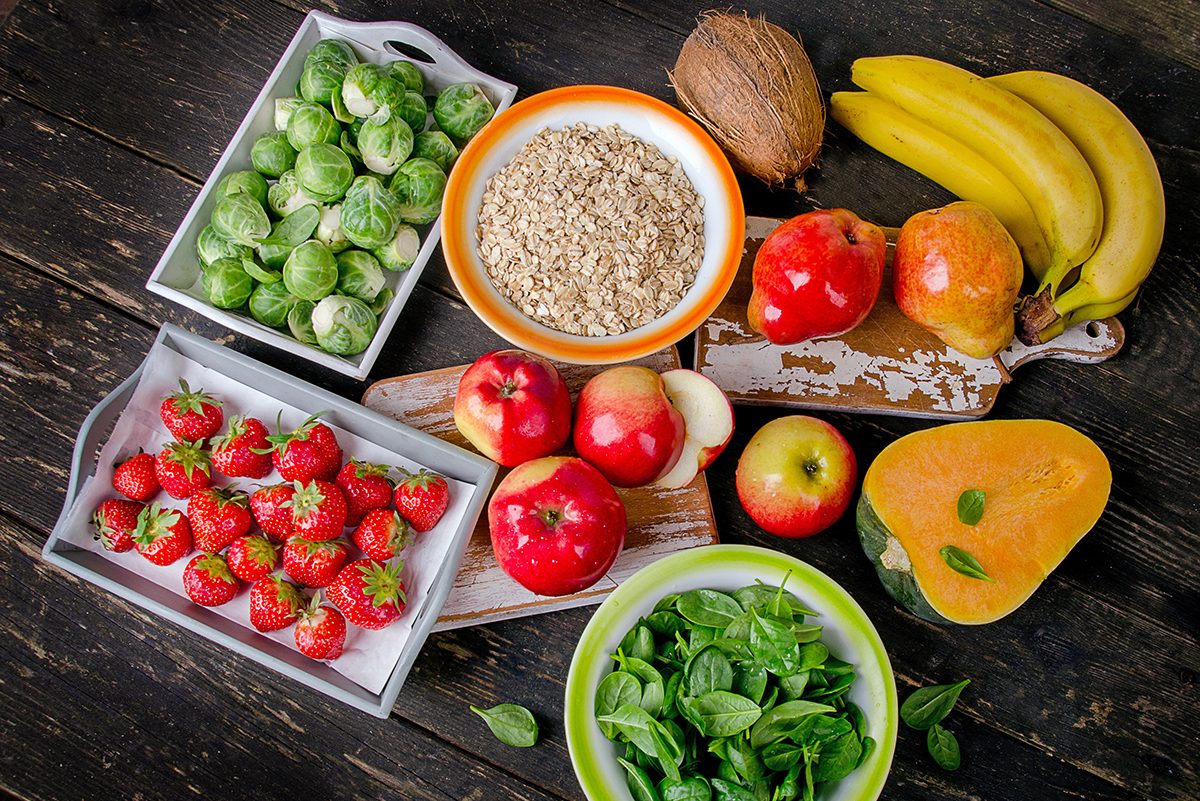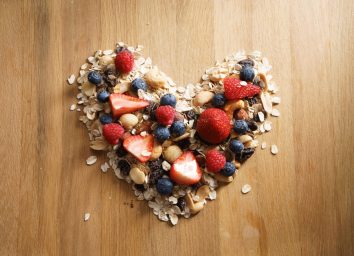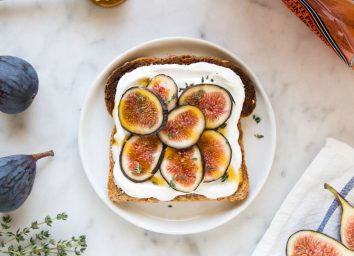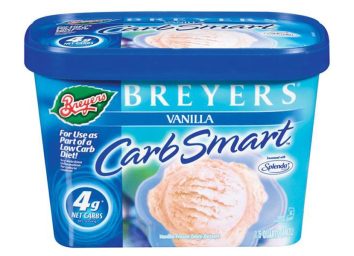What’s the Difference Between Soluble and Insoluble Fiber?

Fiber is a necessary component of a healthy diet, and thankfully whole foods naturally comprise a lot of it. Women should aim to eat a total of 25 grams of fiber each day, whereas a man should consume 38 grams daily to promote digestion and the excretion of toxins. And while you likely already know how essential fiber is, did you know there are two different kinds? What’s the difference between soluble and insoluble fiber, anyway?
“Insoluble and soluble fiber are two forms of carbohydrates that our bodies cannot digest,” says Sydney Greene MS, RDN. “Unlike most carbohydrates that are broken down into sugar molecules and utilized as energy, fiber is not broken down into anything; it just moves through our GI tract.”
Greene lends insight on all that you need to know about the two kinds of fiber so that you understand the important role each one plays in the body.
What is insoluble fiber, and what foods are a good source of it?
Greene says that insoluble fiber does not dissolve in water, which means it moves through your digestive tract without being absorbed or broken down.
“This is good news for anyone who struggles with constipation because the undissolved fiber adds bulk to stool and decreases the time it takes [for] food to travel from your mouth to the other end, helping things pass through,” she says.
Good sources of insoluble fiber include raw almonds, cooked kale, quinoa, vegetables with the skin still intact, and pears with the skin still intact, says Greene.
What is soluble fiber, and which foods contain it?
As its name suggests, this form of fiber does dissolve in water and turns into a viscous gel that lines the GI tract. Greene says to picture chia seeds in water—they mimic the appearance of a gel.
“The gel-like substance is the soluble fiber in the seeds working their magic. Soluble fiber slows down digestion, keeping you fuller longer and balances blood sugar,” she explains.
The dietitian also notes that soluble fiber’s viscosity allows it to bind to harmful cholesterol (LDL) and effectively pull it out of the body through waste. Now you know why Cheerios was branded for many years as the cholesterol-lowering cereal. Aside from being a cholesterol-free replacement from the traditional (and out of date) bacon and eggs kind of breakfast, one cup of the little whole grain oat-based o’s provides one gram of soluble fiber. The National Lipid Association suggests consuming a minimum of 5 to 10 grams of soluble fiber each day to lower total and LDL cholesterol levels.
Greene says oats, chia seeds, flaxseeds, lentils, beans, and berries are all good sources of soluble fiber.
Is one better for you than the other?
Greene clarifies that both forms of fiber are equally important. However, you could tailor the amount of each kind you eat depending on health issues.
“For example, if you tend to suffer from constipation, insoluble fiber will be your best friend. If your moods tend to fluctuate, you’re always on the go, or a doctor has told you that your blood sugar is high, you will want to focus on soluble fiber to keep blood sugar and satiety stable,” she says.
However you get your fiber, just make sure you’re getting enough of it. Both types are valuable, and you can tailor how much you eat of each of them to fit your own dietary needs.








